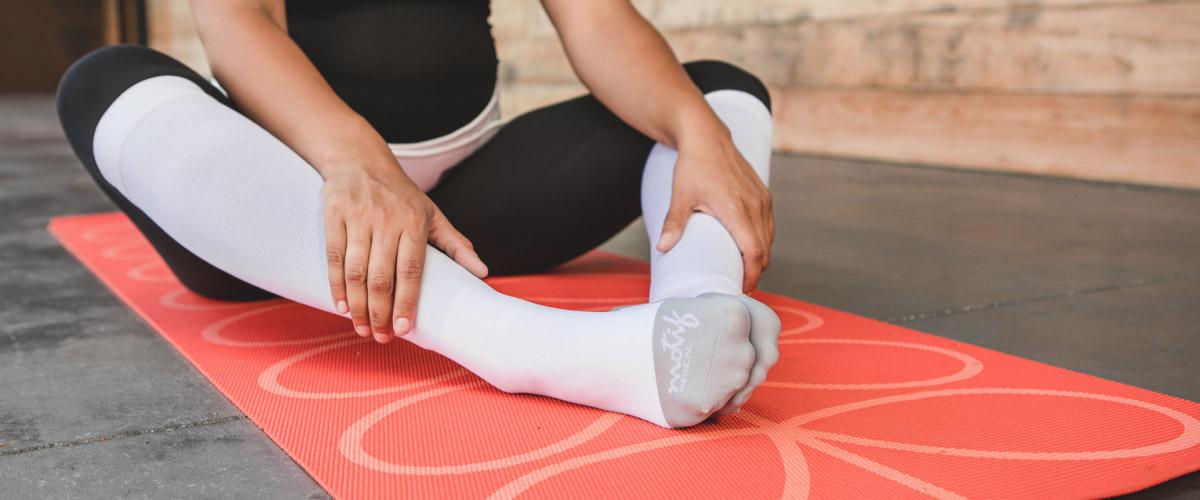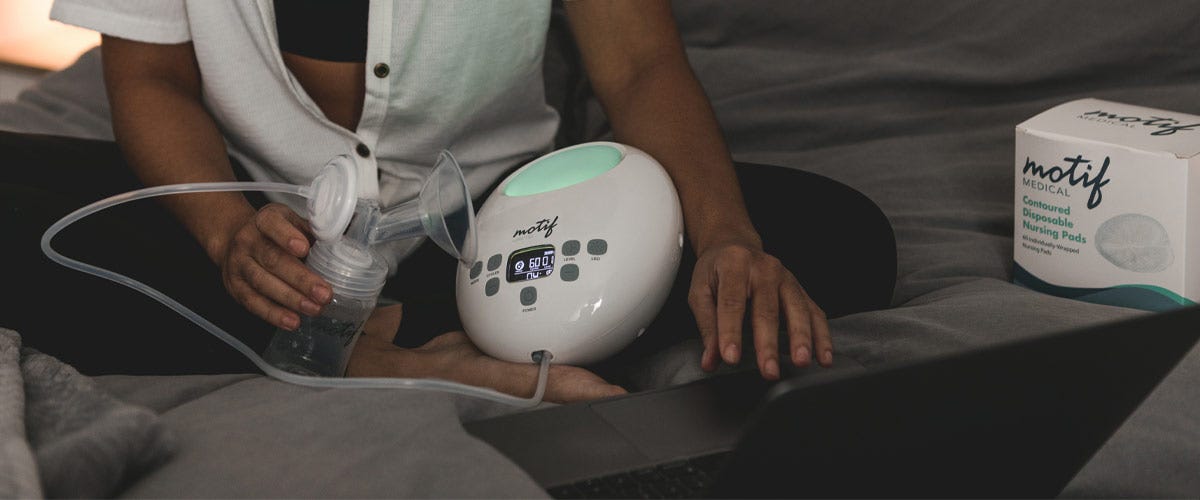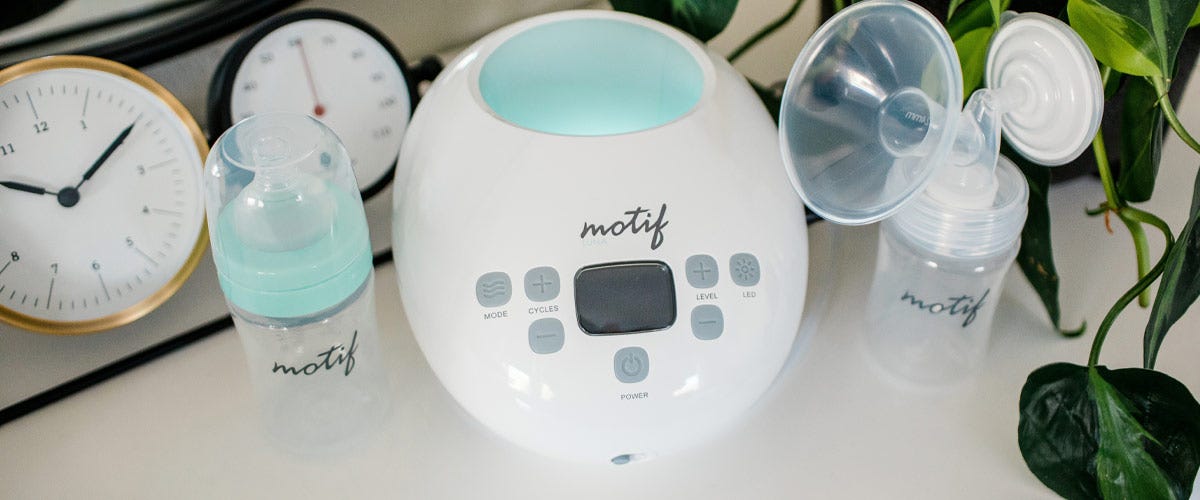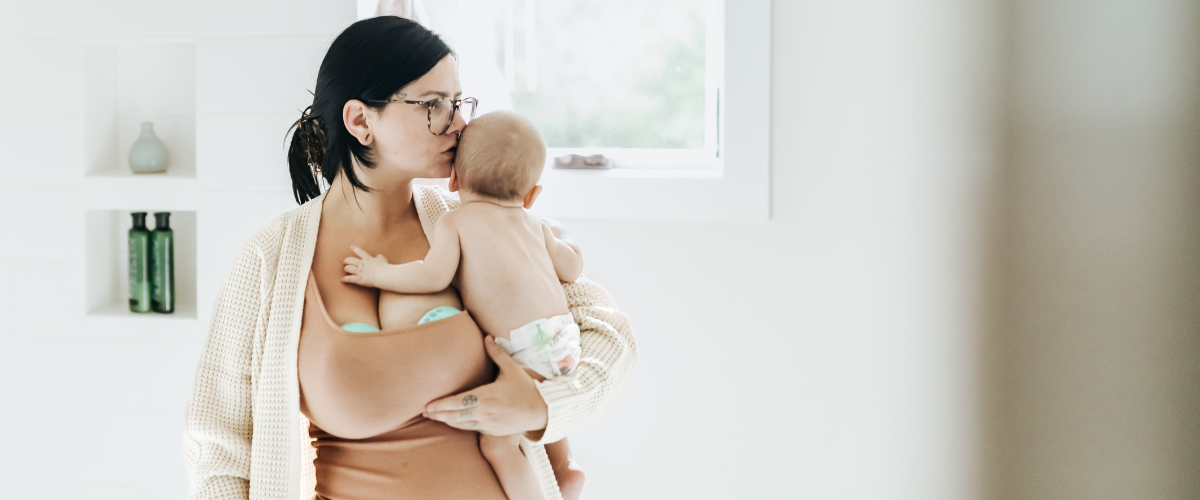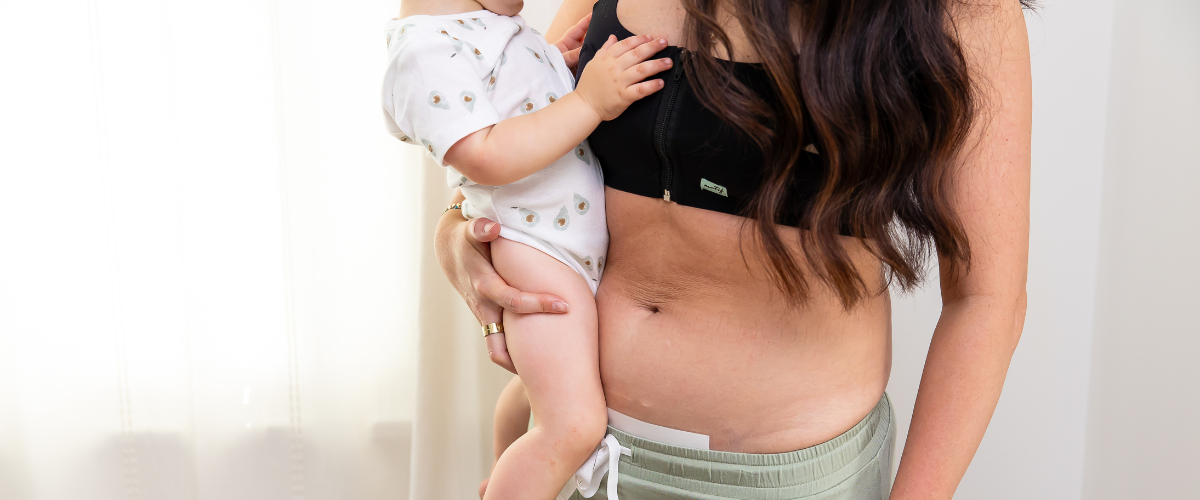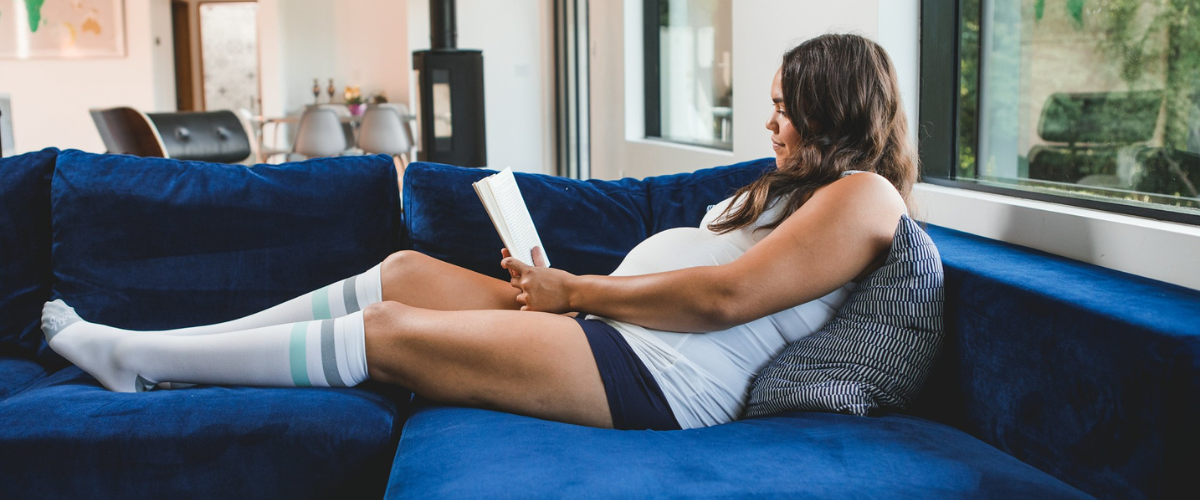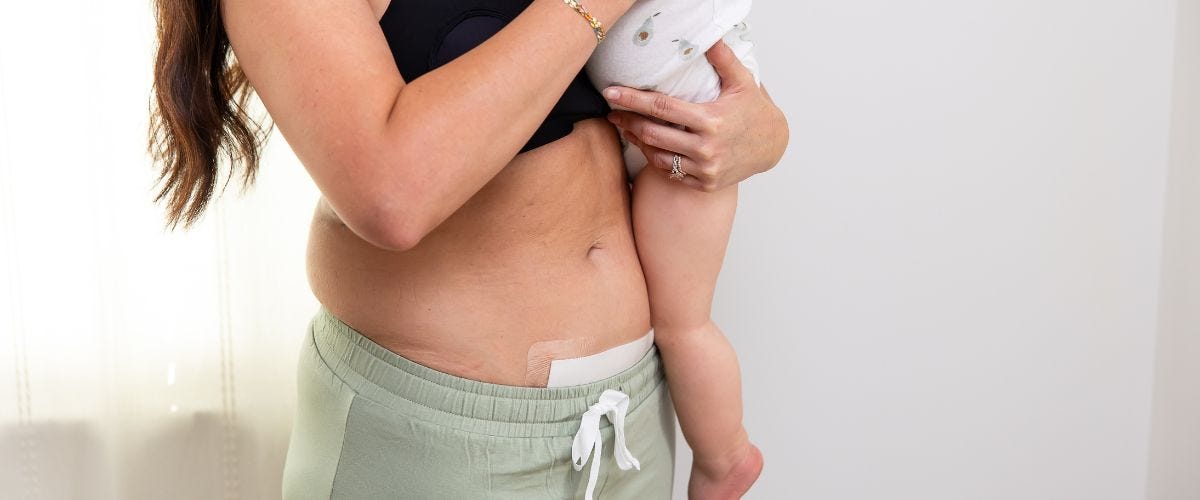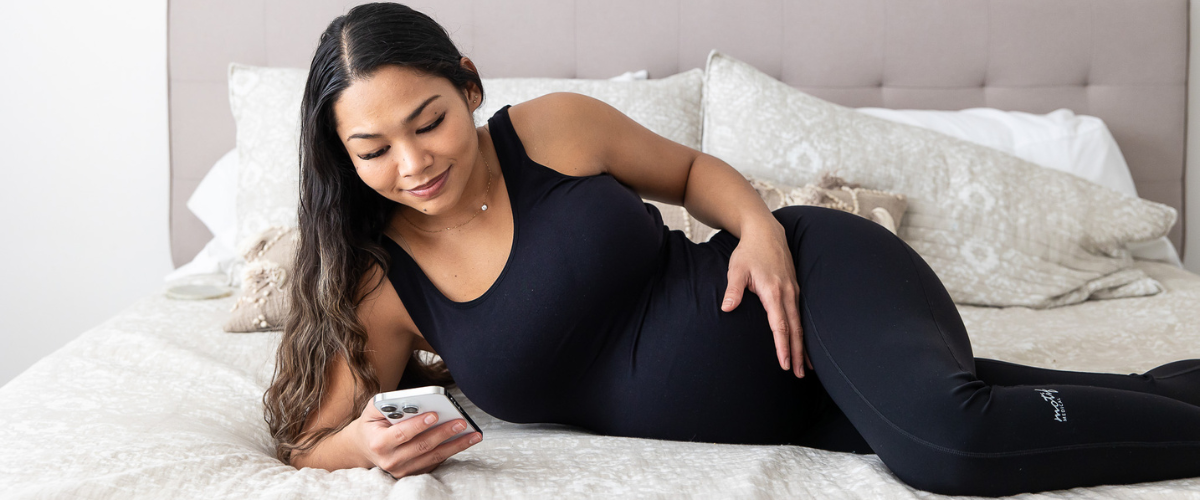A lot of changes happen in your body while you’re pregnant! Swelling, or edema, is extra fluid that collects in your tissues. It is considered a normal part of a healthy pregnancy and is caused by the increased blood volume your body makes to be able to provide baby with all of their nutritional needs. This increase occurs between 20 and 28 weeks of pregnancy, which is also when people begin to notice swelling.
The growing baby and uterus also contribute to fluid retention in late pregnancy, as their weight compresses the blood vessels that run to the lower extremities, making it harder for the cardiovascular system to push the blood back up to your heart. Normal swelling of the hands, ankles, and feet is generally worse at the end of the day, in the third trimester, and should improve when you lay down or prop your feet up.
Pregnancy Nutritional and Lifestyle Adjustments
There are several nutritional and lifestyle adjustments that pregnant women can make to help reduce swelling in the lower extremities:
1. Prop your feet up
Avoid standing for long periods. Swollen feet usually get worse throughout the day, so add in regular times of putting your feet up above the level of your heart. When you get home at night, lay down on your left side, as this position helps improve blood flow and aids your body in reducing the excess fluid held in your legs, feet, and ankles.
2. Drink plenty of water
While it may seem counterproductive, adequate water consumption is necessary to help your body keep the fluids balanced. Aim for 8 to 10 glasses of water a day. Your kidneys are part of what regulates the fluid accumulation in your body. If your body thinks more fluids might be needed, your kidneys cause you to hang on to more fluids. This is what happens when it is hot outside or if you are dehydrated. When you drink enough water everyday, your kidneys wont feel the need to hang on to extra, just in case.
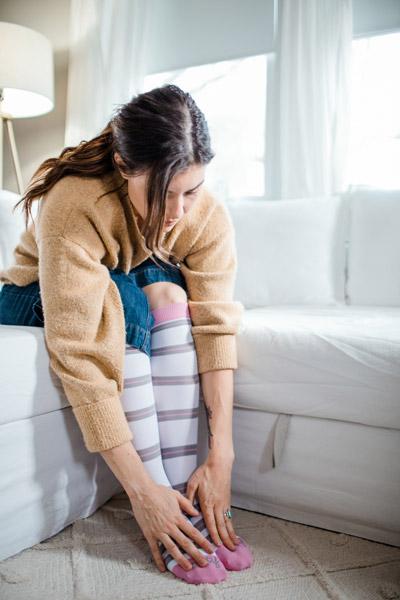

3. Electrolytes
Salt, potassium, calcium, and magnesium are all important electrolytes that your body needs to regulate the fluids in your body. You can get these important minerals from the foods you eat or by adding electrolytes to the water that you are already drinking.
4. Activity
Sitting or standing in one place for too long can cause increased swelling. Add in periods of walking around or other movement to get your blood flowing and reduce fluid accumulation. Being active optimizes the function of your circulatory system, which keeps your body from retaining extra fluids in your tissues.
5. Compression Socks
If you know you’re going to be unable to move around, such as when you’re traveling, or if you know you’re going to be on your feet for a long time, a pair of compression socks will be your best friend! The external support they give on your calves, ankles, and feet help prevent fluids from accumulating in these areas. Compression socks promote good blood flow in the lower extremities, which can make your travels or you day more enjoyable.
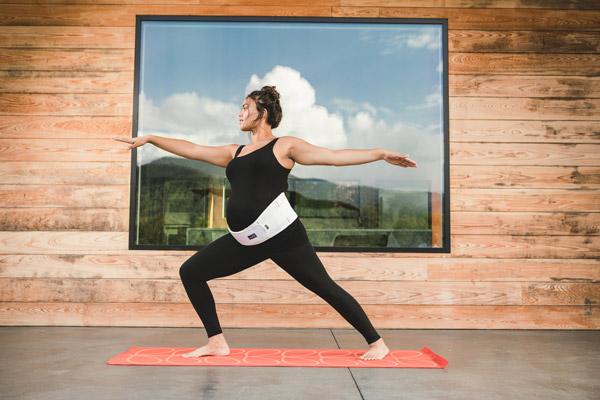

Pregnancy Swelling Warning Signs
While swelling can be a normal part of a healthy pregnancy, there are some warning signs that should prompt you to immediately contact your healthcare provider. Preeclampsia is a serious health condition that can occur during pregnancy. It is characterized by sudden swelling that is often reflected in sudden weight gain. It is often accompanied by high blood pressure, headaches, visual disturbances, and kidney pain. If you are experiencing any of those symptoms, you should contact your obstetrician or midwife immediately, as it may be a sign of preeclampsia.
The cardiovascular system changes in pregnancy also predispose people to varicose veins and deep vein thrombosis, or DVT. DVT is a blood clot that forms in the one of the deep veins of the body and is a life threatening condition that must be taken very seriously. Symptoms are a warm, red area on your body, often on the calf or behind your knee. Some people also report swelling that only occurs on the affected side of the body. Do not rub the affected area, as this could dislodge the blood clot, instead call your healthcare provider for their medical advice.


